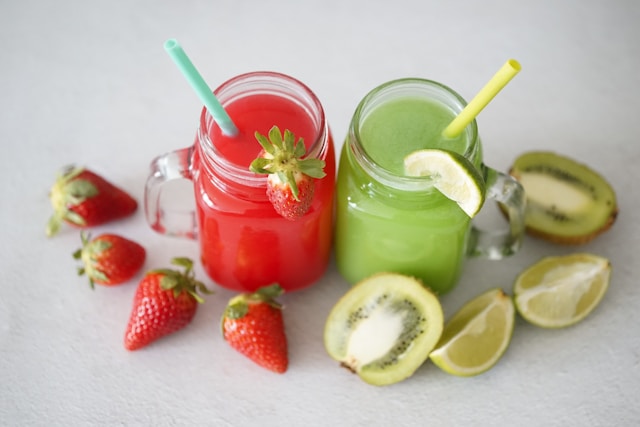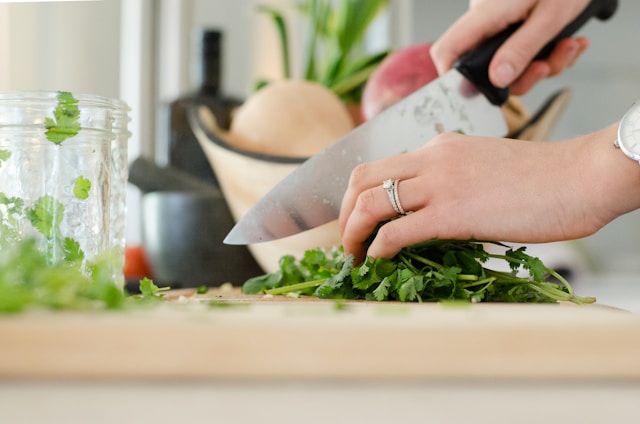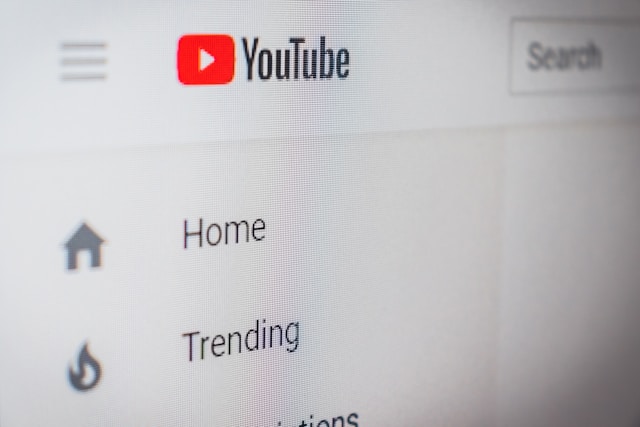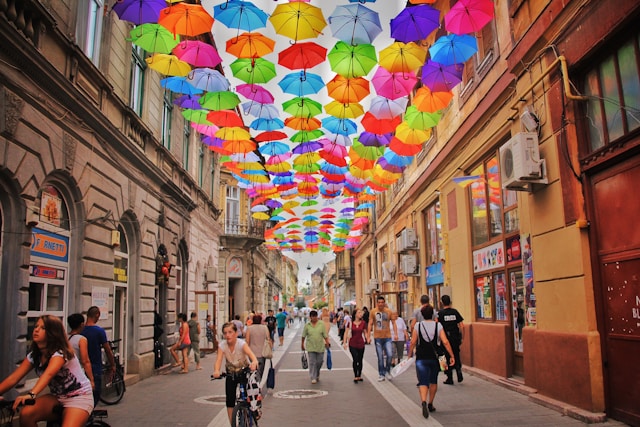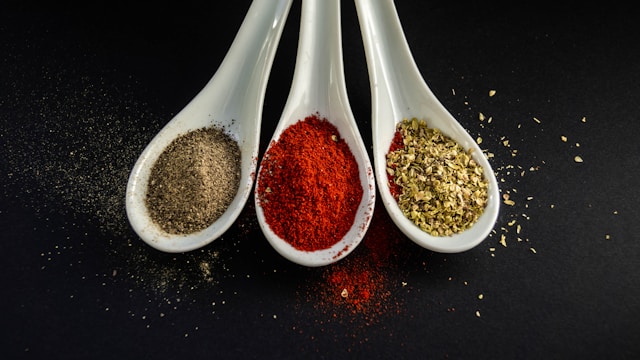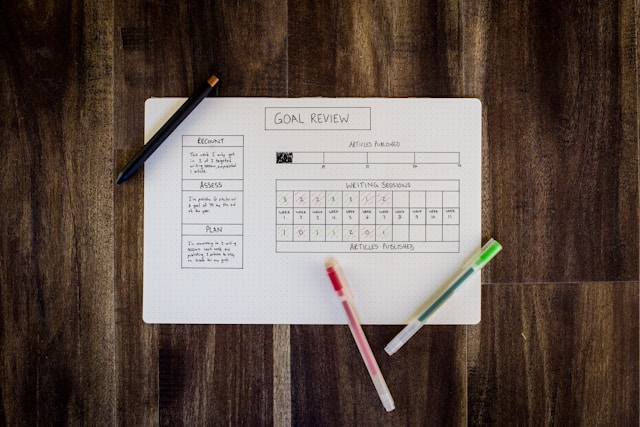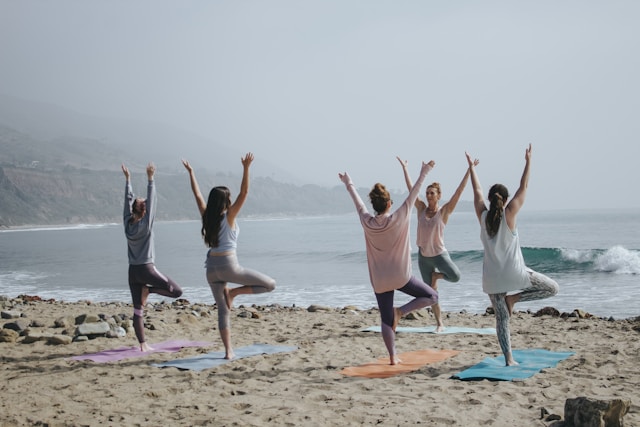Let’s be honest, we’ve all been there. You wake up with the best of intentions, ready to brew a glorious cup of coffee to kickstart your day. You go through the motions, and yet, the final result is… disappointing. It’s bitter, it’s weak, it’s just not right. But fear not, for this is not a guide on how to make bad coffee; it’s a guide to understanding why your coffee might be bad, so you can finally brew that perfect cup you’ve been dreaming of.
Welcome to “The Unofficial Guide to Ruining a Cup of Coffee,” a breakdown of the most common ways people mess up their brew.
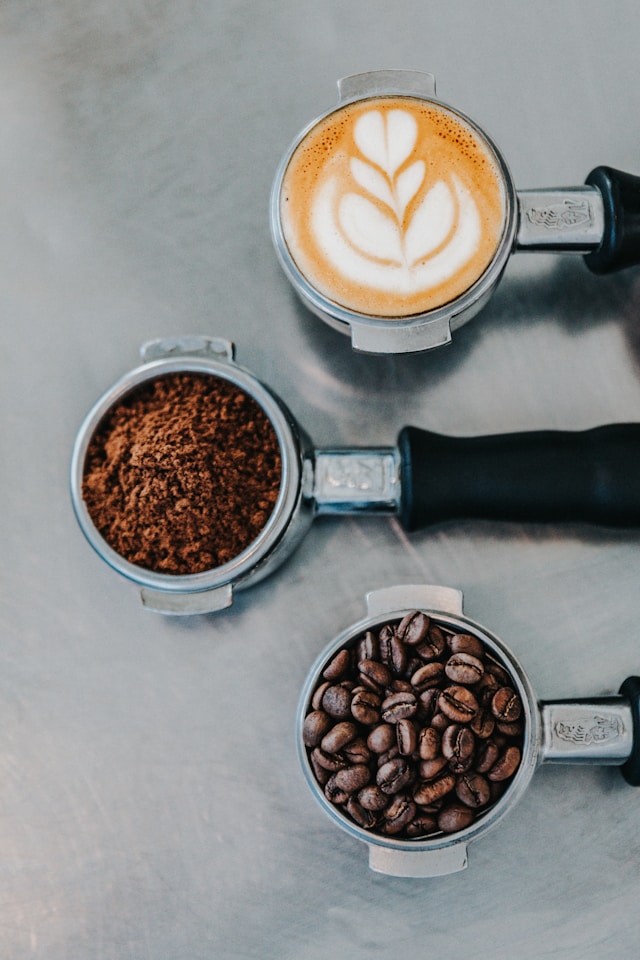
Mistake #1: The Saga of Stale and Subpar Beans
This is where it all begins. A truly terrible cup of coffee is often born from truly terrible beans.
- The Culprit: Using pre-ground coffee that has been sitting in your pantry for weeks, or even months. Once coffee is ground, its surface area increases dramatically, allowing volatile aromatic compounds to escape and oxygen to wreak havoc, leading to a flat, lifeless taste.
- The Other Culprit: Buying beans without checking the roast date. Coffee, much like fresh produce, has a peak freshness window. The optimal time to use roasted beans is typically between 5 and 14 days after the roast date. If there’s no date on the bag, you’re likely holding stale beans.
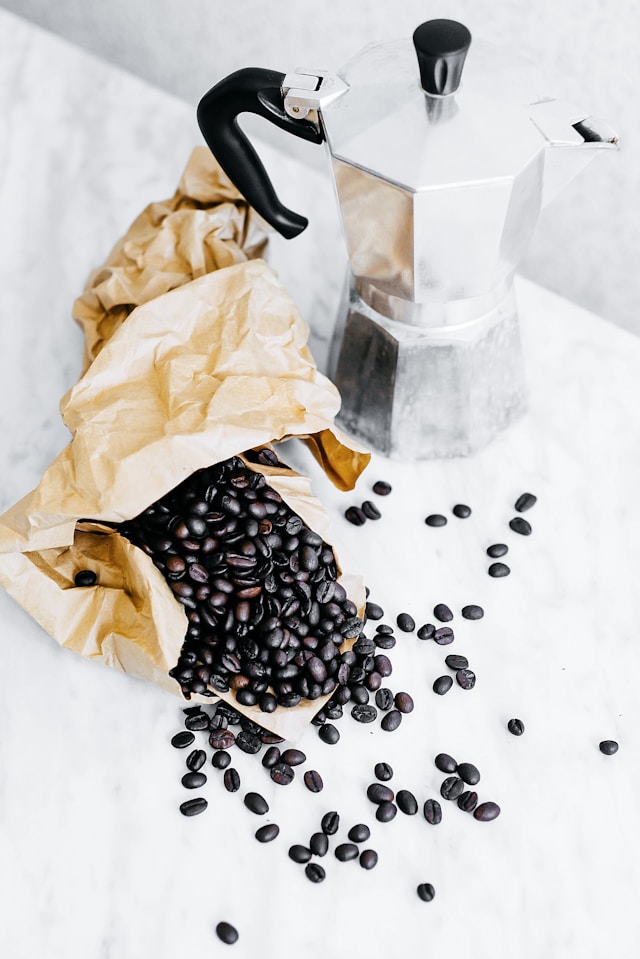
Mistake #2: The Grind-Size Gamble
The grind of your coffee beans is arguably the most critical factor in achieving a balanced extraction. Get this wrong, and your coffee will taste either like dirty water or an ashtray.
- Too Coarse: Think of large, chunky particles. If your grind is too coarse for your brewing method (e.g., using a coarse grind for an espresso machine), the water will pass through too quickly. The result? Under-extraction. Your coffee will taste sour, weak, and thin, lacking body and complexity.
- Too Fine: Imagine a fine powder, like flour. If your grind is too fine (e.g., using a fine grind in a French press), the water will struggle to pass through. The long contact time leads to over-extraction. This is where the bitterness comes from. Your coffee will taste harsh, astringent, and often smoky or burnt.
Mistake #3: The Temperature Tango
Water temperature is the unsung hero of a great cup of coffee. Using water that is too hot or too cold can completely throw off the brewing process.
- Too Cold: Brewing with water below the ideal temperature (around 195-205°F or 90-96°C) results in under-extraction. The coffee solids and oils won’t dissolve properly, leading to a flat, sour, and weak cup, much like a grind that’s too coarse.
- Too Hot: Using boiling water (212°F or 100°C) can scald the coffee grounds, burning the delicate compounds and pulling out unpleasant, bitter flavors. This is a common mistake for drip coffee makers that don’t regulate temperature well. The result is an over-extracted, harsh, and bitter brew.
The Path to Perfection: Your Step-by-Step Guide
Now that we know how to ruin a cup, let’s learn how to make an exceptional one. Here’s a simple guide to brewing a perfect cup of coffee, correcting the mistakes we’ve just discussed.
Step 1: Get the Good Stuff (Fresh, Whole Beans) Invest in a bag of high-quality, whole-bean coffee from a local roaster. Look for a roast date and ensure it’s within two weeks of your purchase. Store them in an airtight container away from light, heat, and moisture.
Step 2: Grind on Demand (The Right Size Matters) Purchase a burr grinder. Unlike blade grinders that chop inconsistently, a burr grinder crushes beans into a uniform size, ensuring an even extraction.
- For French Press or Cold Brew: Use a coarse grind, resembling sea salt.
- For Drip Coffee: Use a medium grind, similar to table salt.
- For Pour-Over or Aeropress: Use a medium-fine grind, like sand.
- For Espresso: Use a very fine grind, like powdered sugar.
- The Golden Rule: Grind your beans right before you brew.
Step 3: Hit the Sweet Spot (Water Temperature) Heat your water to the optimal temperature range of 195-205°F (90-96°C). If you don’t have a variable temperature kettle, simply bring your water to a boil and let it sit for about a minute before pouring.
Step 4: Measure and Master (The Coffee-to-Water Ratio) For a balanced brew, a great starting point is a 1:16 ratio—that’s one gram of coffee for every 16 grams of water. Use a kitchen scale to measure your beans and water for precision.
The Final Pour: With fresh, properly ground beans and water at the perfect temperature, brew your coffee using your preferred method. Pay attention to the brewing time and enjoy the process.
By understanding the common pitfalls, you can transform your morning ritual from a gamble into a guarantee. A perfect cup of coffee is within your reach—all it takes is a little knowledge and a commitment to quality. Cheers to better mornings!
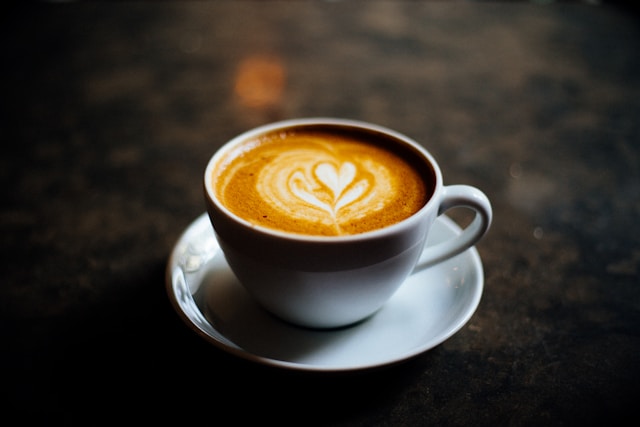
📢 Join the Conversation
Do you have other tips for brewing the perfect cup of coffee?
👇 Share your thoughts in the comments below!

